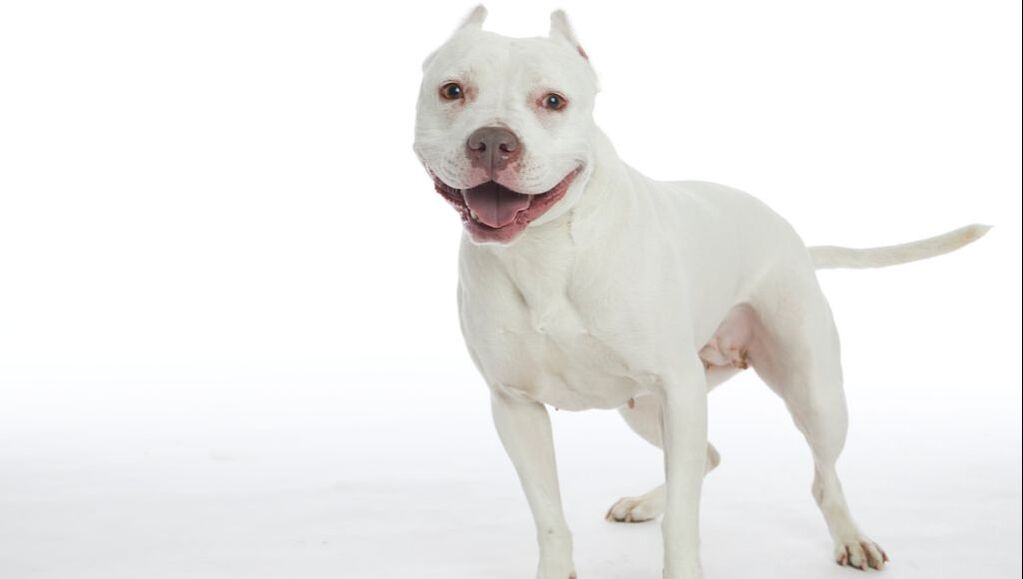|
Whether you realize it or not, bringing a new dog into your home requires some pre-planning. Essential vet appointments, creating a space for the dog, how you plan to train and teach the dog tricks, and basic needs like feeding and walking are things that have probably already been discussed and established before bringing a new dog home. Most people are not aware that it requires some more work so that the dog can achieve a level of comfort and settle into its new environment. This adjustment period is known as decompression time. BEFORE COMING HOME Try to have all of your dog's necessities before they come home. As tempting as it may be to take your new dog with you to the pet store right away, you should not do this because it can be very overwhelming for your new pup. It would help if you also took some time before bringing your dog into the home to dog-proof areas you don't want the new dog to be. Discuss with those in the house, such as family or roommates, where the dog can go, and put up baby gates on areas where the dog will not be allowed. Setting boundaries is vital. You can also set up your dog's daily routine and schedule for things like feeding times, walks, exercise/play, and potty training. WHAT IS DECOMPRESSION? Decompression is a crucial step to helping your new dog adjust to its new surroundings. It allows the dog to feel less pressure or stress so that it can be comfortable. When newly adopted, dogs sometimes tend to feel anxious. They don't know your schedule or routine, and they need time to acclimate themselves. Think about when you go on vacation, especially somewhere far away - you aren't familiar with the surroundings, and it takes a few days to adjust - your dog feels the same way. SETTING UP A DECOMPRESSION SPACE To create a decompression space for your dog, here are some things to keep in mind. You can do some things at home to make a safe place for the dog, such as put its bed or crate in a quiet location so that it can spend most of its time there over the next few days. It helps them get accustomed to new smells and sounds and the humans' routines within the home. It is important to note here that your dog should not socialize with other dogs at this time. The Love Pit encourages adopters to keep the new dog separate from the residents for at least 48 hours. During that time, you can do scent swapping to help adjust. When ready to introduce dogs, it will help to take a walk together outside in an open space for the dogs to sniff and get to know each other. You should never have dogs meet face-to-face on a leash, and don't let the dogs off-leash until they are comfortable with one another. If the first time doesn't go smoothly for the dogs meeting, don't fret - separate for another 48 hours and try again. Decompression is different for every dog.  Yoda's crate is his happy place. Dogs are den animals! They enjoy having a quiet, secure space where they can relax and decompress. Yoda's crate is his happy place. Dogs are den animals! They enjoy having a quiet, secure space where they can relax and decompress. REMAIN CALM AND RELAXED To keep your new dog from developing stress or anxiety, it is important to speak in a calm and even voice. No baby talk! This applies when you are working on setting up boundaries and rules to keep the dog from unwelcome behaviors, such as going to the bathroom on the floor, chewing furniture or shoes, or creating a mess of any kind. Setting boundaries helps your new dog to settle easier as well. Set areas like the crate for sleeping or downtime, walks and playtime at the same times each day are beneficial with settling in. Routines and structure are especially critical for puppies. Dogs are happier when they don't have the anxiety of having complete freedom to roam about the home. ESTABLISHING ROUTINE Managing your dog's environment to establish routines will help your new dog become quickly and painlessly acquainted with its new home. Having the patience to stay calm when your dog misbehaves and reinforcing their appropriate behaviors will lead to a long, healthy, and lasting relationship. Managing your dog's environment and preparing for decompression will help your dog to thrive. Author Nicole McCray is a die-hard animal lover who has worked in pet care for years. She is a former vet technician, a dog mom to her two rescue pups, and she grew up living and working at her family's pet boarding facility. She loves using her writing talents to share the insight she's learned throughout her career in the hopes that her knowledge can help other pet parents out there!
5 Comments
12/12/2022 12:21:38 pm
Thank you for explaining that it's important to use a calm and even voice when talking to your dog. I hadn't thought about how using a baby voice might make them develop some stress or anxiety. We'll be sure to talk to everyone about this so we can treat them right from the start.
Reply
12/15/2022 12:10:28 pm
I like how you mentioned that it is a good idea to set walks at the same time each day when you are bringing home a new dog. My wife and I are wanting to adopt a dog because we have a large backyard that isn't being used. I have a lot of free time in the mornings, so this might be a good time for me to walk the dog each day.
Reply
1/9/2023 03:08:51 pm
I like how you said to have their necessities ready before you get one. My sister was at my house yesterday afternoon for a visit, and she talked about how she and her fiancé decided that they want to get a puppy before the end of the month. I'll have to let her know these tips so they can know how to do everything right when bringing home a puppy!
Reply
4/3/2023 02:48:44 pm
Great tip about not doing baby talk. My dog only likes it when he's taken seriously. I'll have to consider getting a dog boarder who doesn't use baby talk.
Reply
9/12/2023 03:01:39 am
Reply
Leave a Reply. |
BlogPosting With Pride! Archives
April 2021
Categories |



 RSS Feed
RSS Feed
